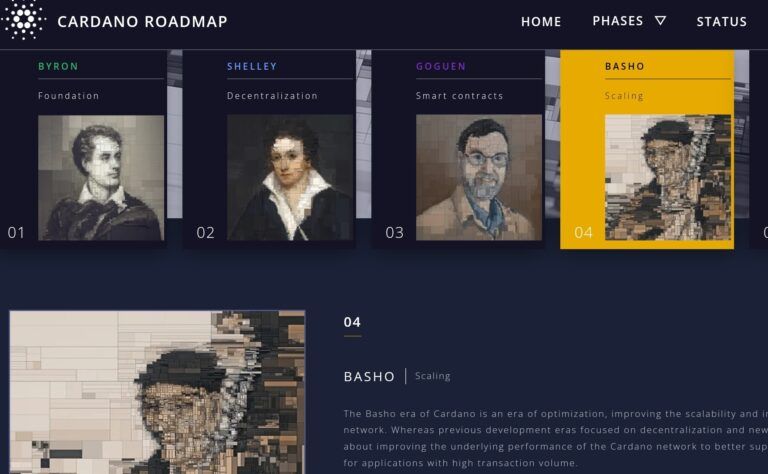This article looks at highlights from a recently-released comprehensive report on layer one blockchain Cardano ($ADA) by Kraken Intelligence, the research arm of crypto exchange Kraken.
Kraken’s 42-page highly impressive research report, which is titled “Cardano: A new generation in smart contract platform design”, was released a couple of days ago. After the introduction, the report examines Technology, Web3 Ecosystem, and Network Growth & Adoption.
Here are some key highlights from Kraken’s report:
- “Cardano initially took on notoriety among a class of ICO-craze-driven projects in 2017 following the network’s launch. While the ICO-wave gained infamy from the number of overpriced assets that ultimately disappeared into crypto dust, Cardano finds itself among a subset of ICO Warriors that persisted the treacherous perils of a dark and quiet crypto winter — bloody, beaten, yet hungry for more.“
- “Importantly, Cardano is very much a value-driven project, emphasizing community governance, academic peer-review, and the importance of high assurance programming.“
- “Cardano’s values have noticeably directed the project’s developments and design decisions, and as a result, the blockchain looks like it has been designed with the purpose and standards of providing decentralized, global, financial infrastructure rather than only focusing on providing a Web experience.“
- “With ambitious goals, Cardano recognizes the necessity for their infrastructure to run correctly the first time it runs. This is in contrast to a ‘launch now, fix as we go’ philosophy employed by many Silicon Valley development teams.”
- “Ironically, despite the ‘Ethereum Killer’ label, Cardano is actually far more reminiscent of Bitcoin, particularly with respect to its tokenomics, consensus protocol, and accounting style.“
- “Cardano’s design is fundamentally unique among most of its peers particularly as its design closely reflects a PoS-based, smart contract-enabled version of Bitcoin, due to the design of its base protocol and accounting model, rather than an iteration on Ethereum.“
- “Key technical features that distinguish Cardano from its L1 peers are its base protocol Ouroboros and its secure delegator-friendly design, the Extended Unspent Transaction Output (EUTXO) accounting model, the project’s Haskell base, unique Layer-2 (L2) solutions, and community focus.“
- “One feature of Cardano that makes it incredibly unique to most other smart contract platforms is its accounting model, which refers to the way transactions are handled and how wallet/account balances are maintained and updated. There are two common approaches in blockchain accounting design, each with their own costs and benefits. Firstly, the Unspent Transaction Output (UTXO) model made popular by Bitcoin, and secondly the Account-based model made popular by Ethereum and used in other networks such as Solana, Polkadot, and Algorand.“
- “For Cardano, the team at lOG was drawn by the UTXO model’s features and benefits, but they also wanted to retain Ethereum’s programmable smart contract functionality. Therefore, Cardano implements the Extended UTXO (EUTXO) model which is an extension of Bitcoin’s UTXO model that facilitates the use of smart contracts.“
- “In a traditional UTO model, the outputs of a transaction contain a value (e.g. the amount of BTC) and an address (i.e. address of the owner). The EUTXO model extends this model by enabling the addition of metadata and scripts (smart contracts).“
- “… Cardano adopted Haskell in an effort to build a product with unmatched advantages in reliability and security and to position itself as a viable solution for institutional-grade, global financial infrastructure.“
- “Cardano saw a massive uptick in adoption starting late 2020 and throughout the course of 2021… Cardano underwent exponential growth in nearly every adoption metric listed, both on-chain and off-chain. There are now nearly 3 million wallets (1348% annual growth) on the network and over I million delegated wallets (870% annual growth).“
Disclaimer
The views and opinions expressed by the author, or any people mentioned in this article, are for informational purposes only, and they do not constitute financial, investment, or other advice. Investing in or trading cryptoassets comes with a risk of financial loss.









